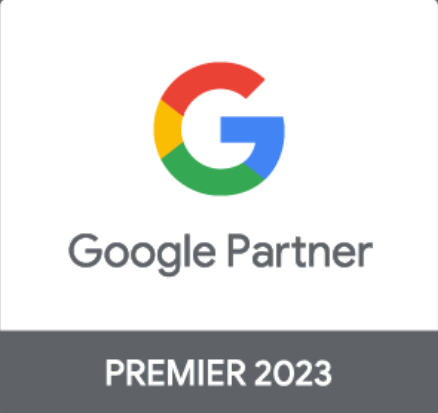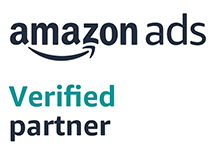eCommerce Marketers, looking at ROAS from ads as one single metric makes it very hard to analyze why it's high or low.
Instead, by breaking it up into individual parts, the dependencies becomes much clearer.
In case of e-commerce ads, detailed funnel metrics can be looked as
Impressions -> Link clicks -> Landing page views -> Product views per session -> Cart additions -> Checkout -> Purchases.
Analyzing drop rates at each stage will give valuable insights on how overall efficiency can be improved.
As you see in the above funnel, your website plays a major role in each sales that you generate starting from increasing page views to final purchase. So, having a good website can increase your returns from Marketing spends drastically and you will be able to scale your eCommerce business in quick time.
A general rule of thumb is that, Higher the website conversion rate, higher will be your returns from Ad spends.
Are you wondering what are the factors of an eCommerce website that affects conversion rate?
Following are a few recommendations that will help in increasing your website's conversion rate.



-1.png)






